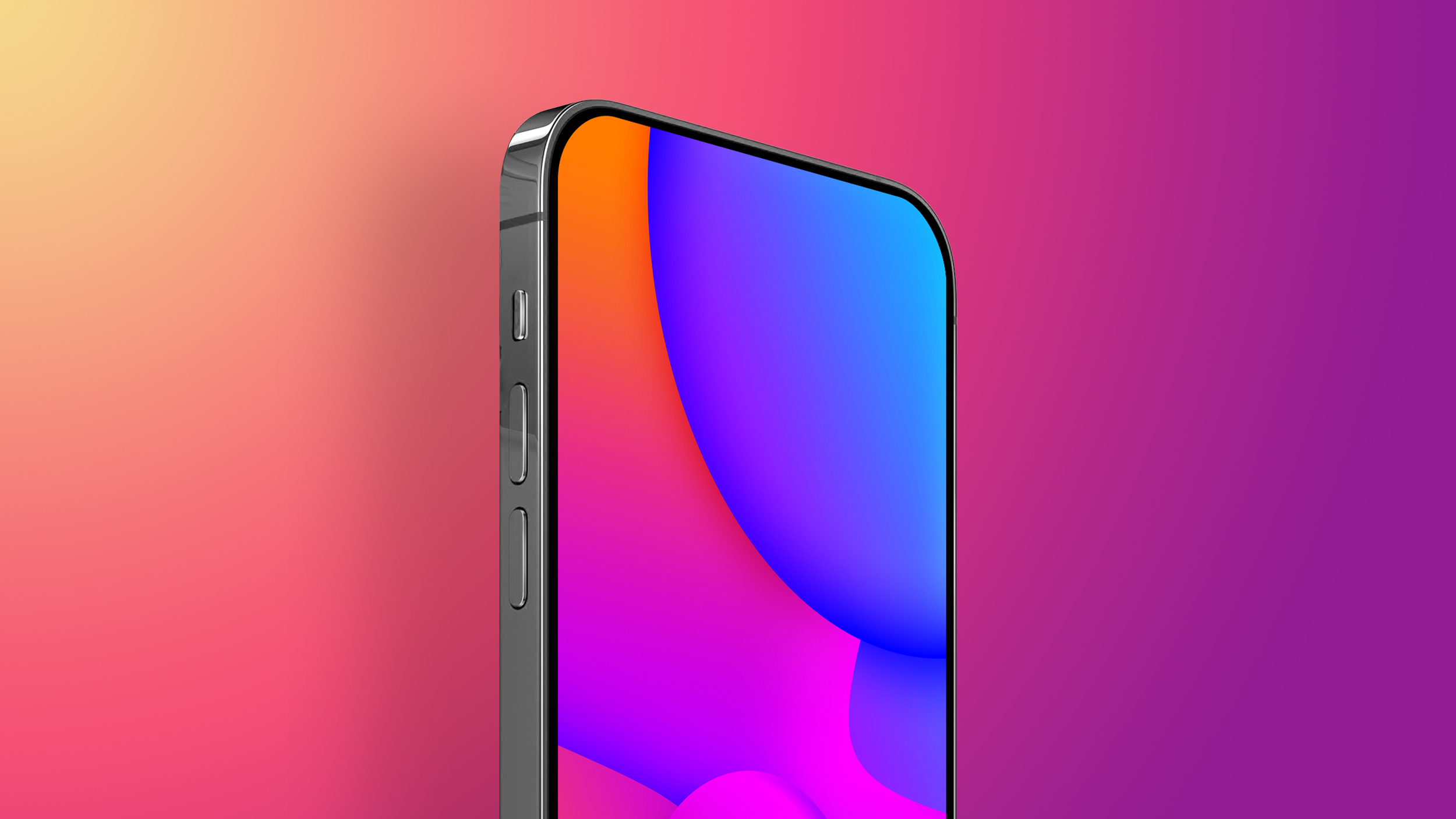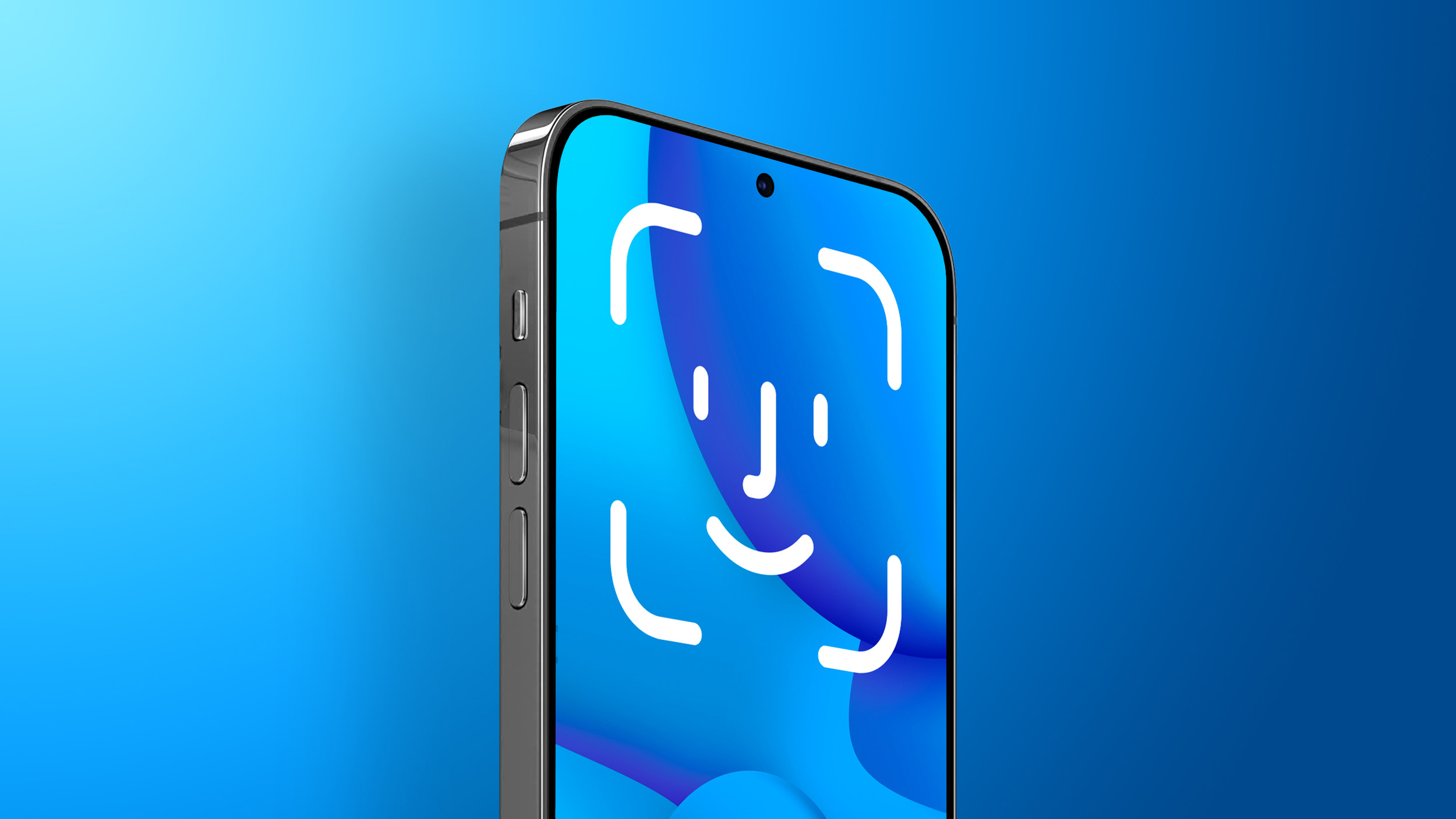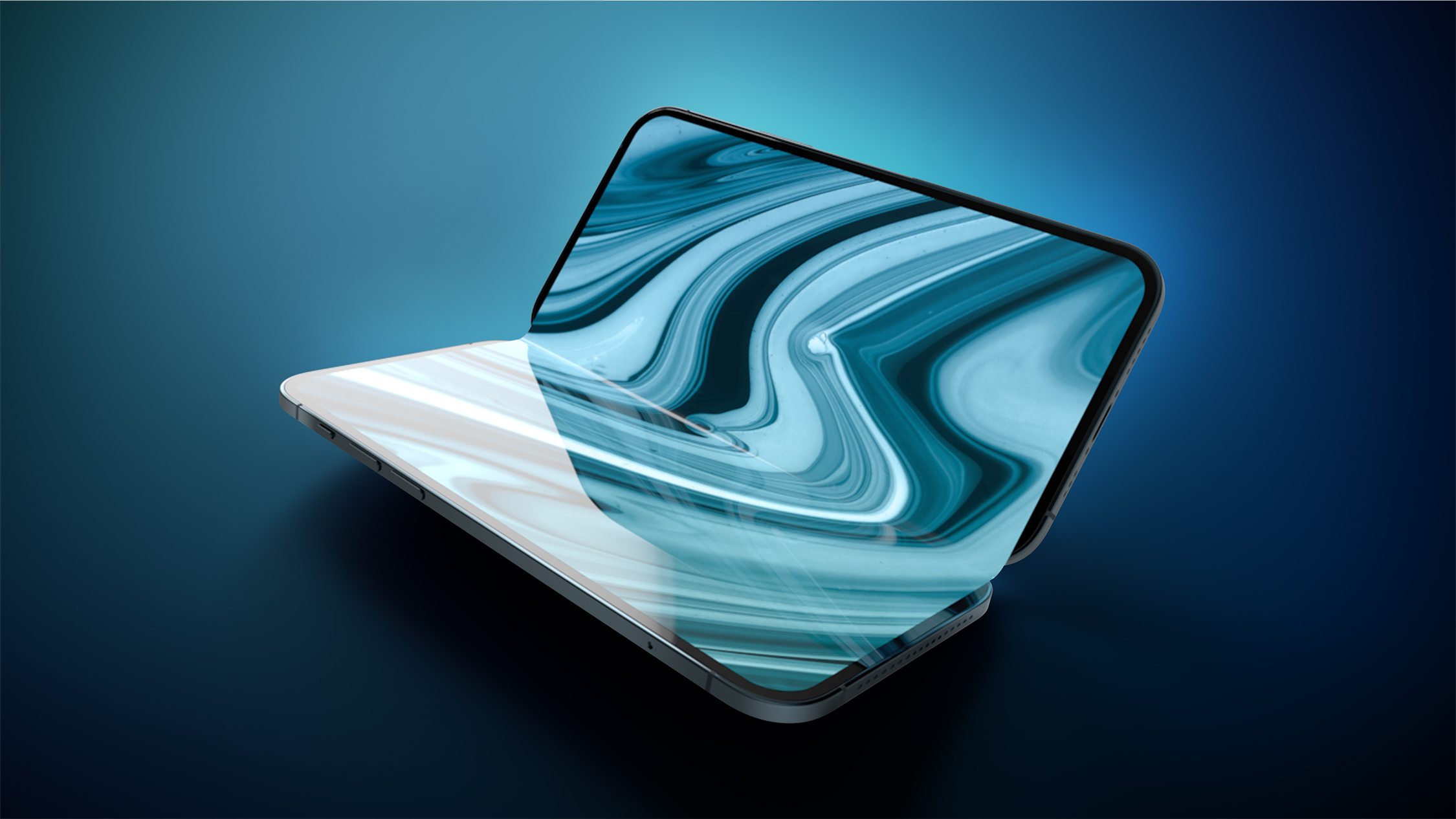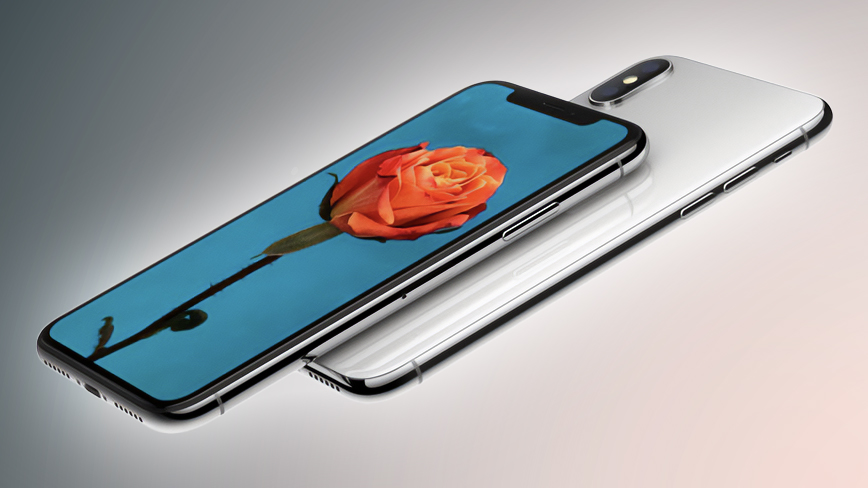
Apple is preparing a "bold" new iPhone Pro model for the iPhone's 20th anniversary in 2027, according to Bloomberg's Mark Gurman. As part of what's being described as a "major shake-up," Apple is said to be developing a design that makes more extensive use of glass – and this could point directly to the display itself.

Here's the case for Apple releasing a truly all-screen iPhone with no display cutout for its premium 20th anniversary model.
The Road to All-Screens
Gurman recently reported that the Pro models are expected to gain a smaller Dynamic Island in 2026 or 2027, as Apple moves more of its front-facing components beneath the display. While it's not yet clear whether the selfie camera or the TrueDepth system behind Face ID will make the move first, display analyst Ross Young has said under-screen Face ID is currently slated to arrive in 2026.
That would mean under-display Face ID could debut as early as next year, in the iPhone 18 Pro and iPhone 18 Pro Max. In that scenario, the Dynamic Island would shrink but remain, housing a front-facing camera via a small cutout. The next logical step – for 2027's flagship – would be to move that camera under the display as well, finally achieving the full-screen design that has long been rumored. That progression aligns with Young's display roadmap, which has predicted this shift since 2023.

Backing this up, Weibo-based leaker Digital Chat Station recently claimed the next two iPhone generations – iPhone 17 and iPhone 18 – will both retain the Dynamic Island. But for the 2027 model, Apple may be on track to complete its transition to a seamless display.
Foldable Innovations
Apple is reportedly already testing the technologies that could make this possible. The company is developing an 18.8-inch foldable device, and one prototype is said to feature a "metal superstructure lens" that integrates the transmitter and receiver components used for Face ID, enabling facial recognition under the display.
Meanwhile, the long-rumored foldable iPhone, which could launch as soon as next year, reportedly uses an under-display front-facing camera and forgoes Face ID entirely, instead relying on Touch ID built into the side button. If accurate, that would signal Apple is actively experimenting with multiple under-display camera systems across its product lines – some with Face ID, some without.

Together, these developments suggest Apple may already have the foundational technologies in place to hide both the TrueDepth system and selfie camera beneath the screen – key requirements for a truly all-screen iPhone. That would set the stage for a major design milestone in 2027, in line with what former design chief Jony Ive long envisioned.
Engineering Advances
Of course, this all depends on Apple overcoming some significant engineering hurdles. For Face ID to work under the display, its sensors – especially those that use infrared light – need to operate without interference from the display layers above them. That's difficult with current OLED and LCD technology, which tend to scatter or absorb infrared signals.
There are, however, several emerging display solutions that might enable this. Transparent OLED panels can allow infrared light to pass through specific areas of the screen, though current implementations suffer from reduced brightness and clarity. LTPO displays with subpixels that can temporarily deactivate may also allow sensors to "see" through the panel during authentication.
Another possibility involves integrating optical waveguide layers into the display to channel infrared signals to and from the sensors with minimal distortion. Apple could also incorporate advanced IR-pass materials to create invisible sensor zones that preserve display quality while enabling accurate facial recognition.

It's likely that a future under-display Face ID system would require a combination of these technologies to meet Apple's high standards for privacy, performance, and visual consistency.
As for the front camera, industry progress is further along. Several Android phones already feature under-display selfie cameras, and Apple has reportedly been working on its own solution for some time. According to an April 2024 report, LG Innotek – one of Apple's Korean suppliers – is developing under-display cameras that leave no visible hole when inactive. These systems use a "freeform optic" multiple lens array designed to reduce image distortion and improve brightness, compensating for the light loss that typically occurs when a camera sits behind a display.
20th Anniversary iPhone

If Apple intends to mark the iPhone's 20th anniversary with a hardware leap on the scale of 2017's iPhone X – which removed the Home button and introduced Face ID in a top-screen notch – then a true all-screen design would certainly make a splash.
As for naming, it's unclear whether Apple will stick with its annual numbering pattern, which would put us at iPhone 19 in 2027, or choose a commemorative name like "iPhone 20" to align with the milestone year – just as it introduced the iPhone 8 and the radically redesigned iPhone X side by side in 2017.
Either way, a full-screen, all-glass iPhone would be a fitting way to celebrate two decades of Apple's most iconic product.
Article Link: Apple's 20th Anniversary iPhone May Finally Go All Screen

